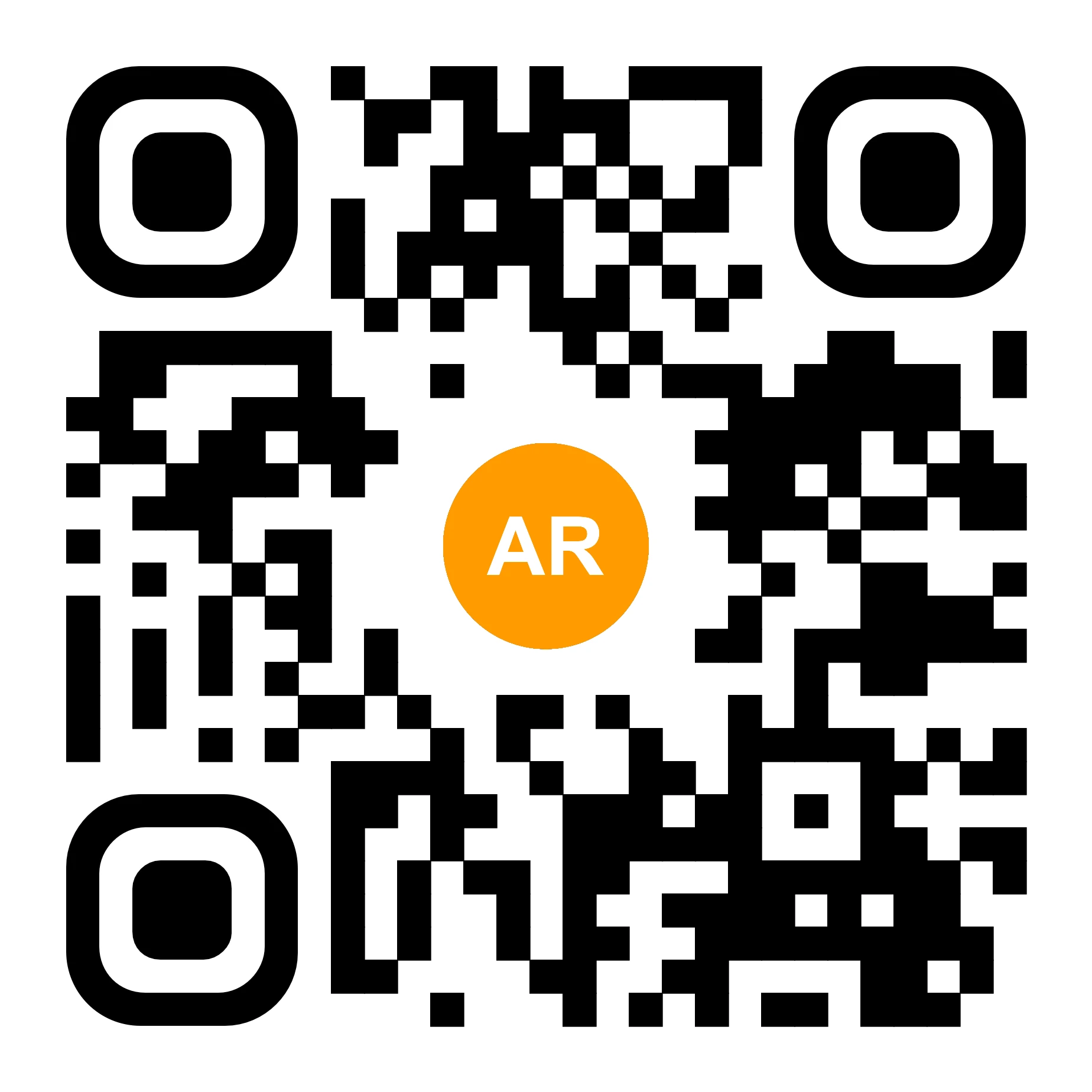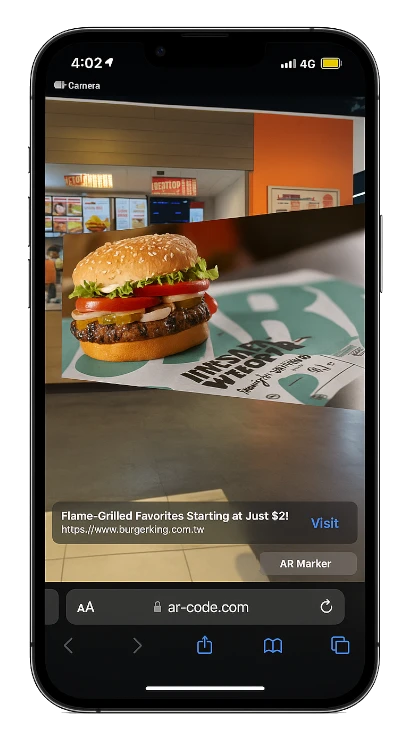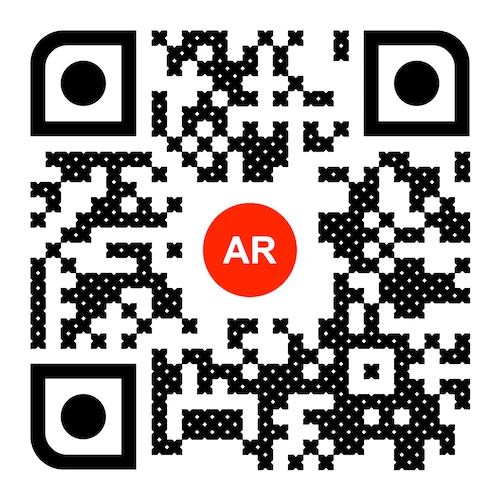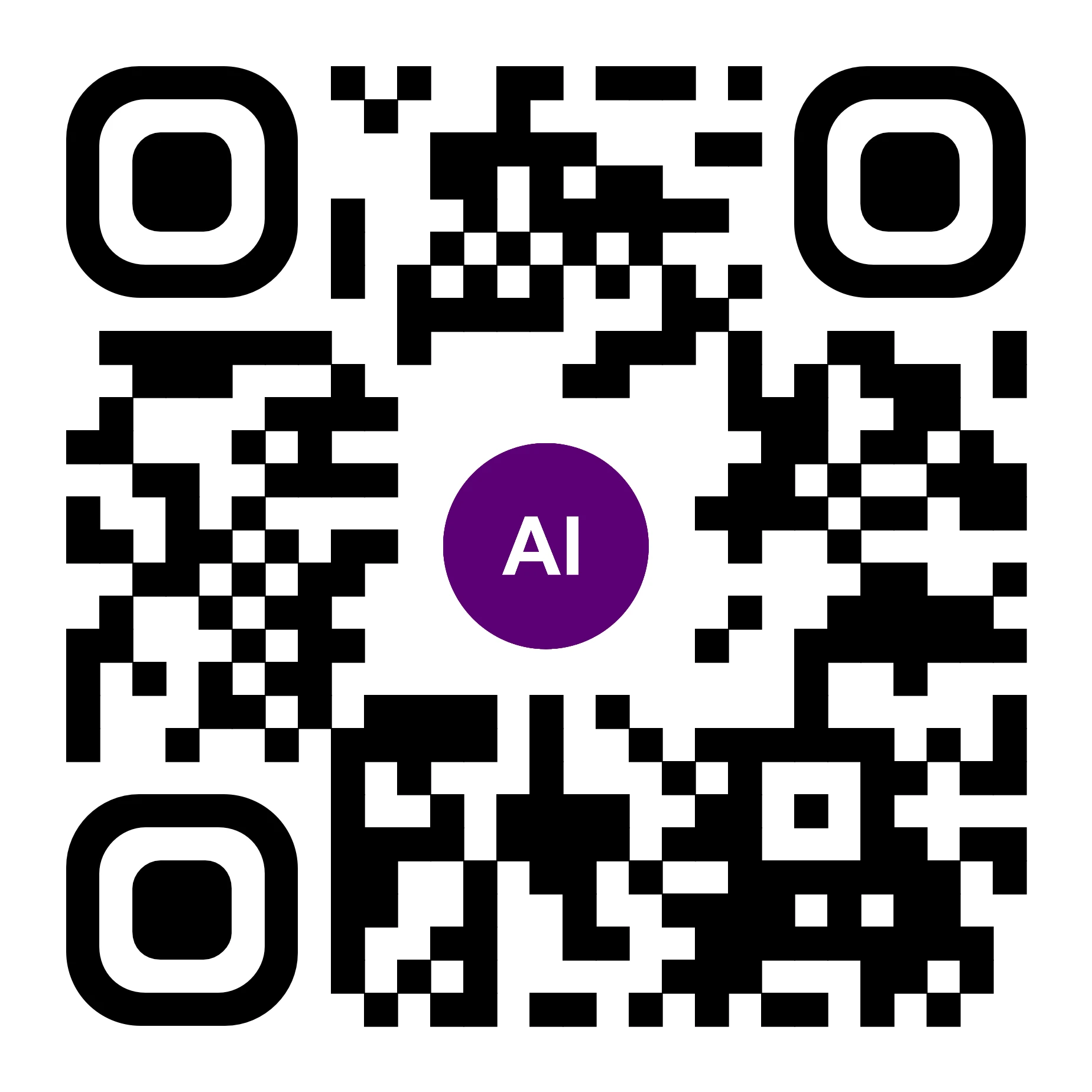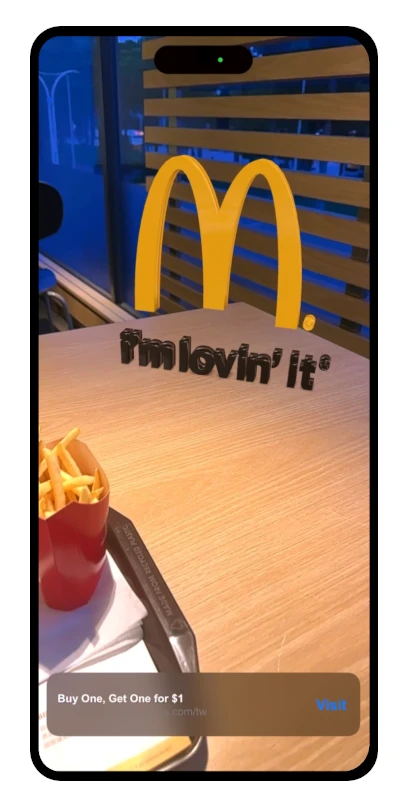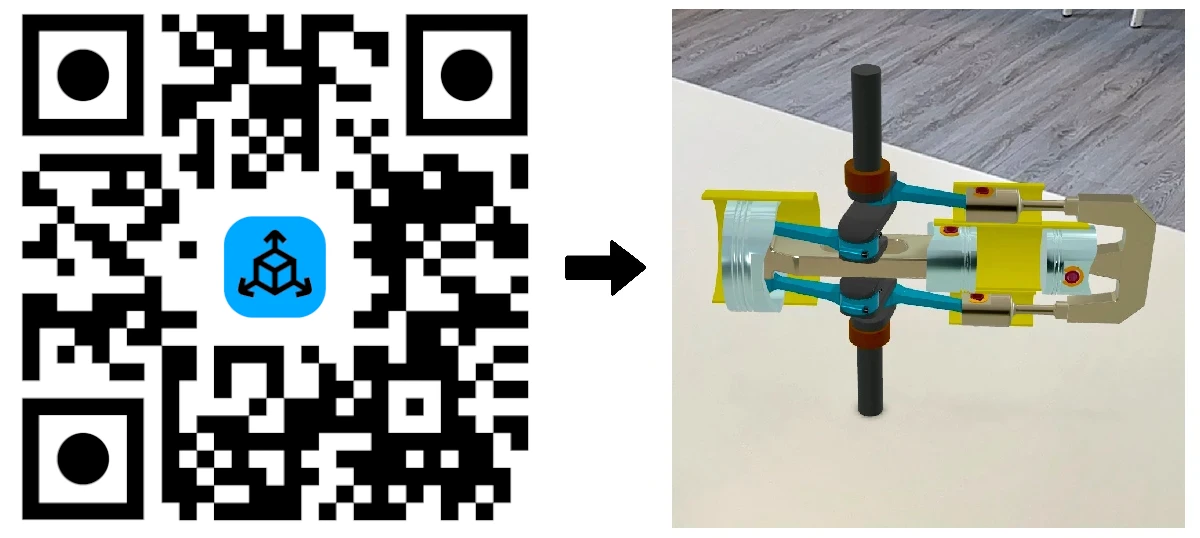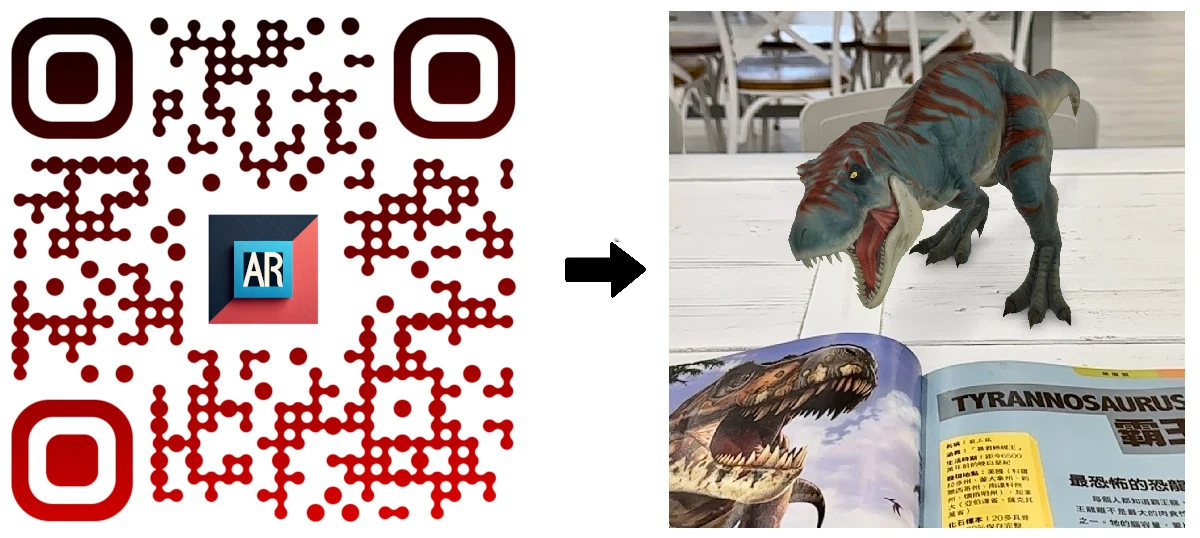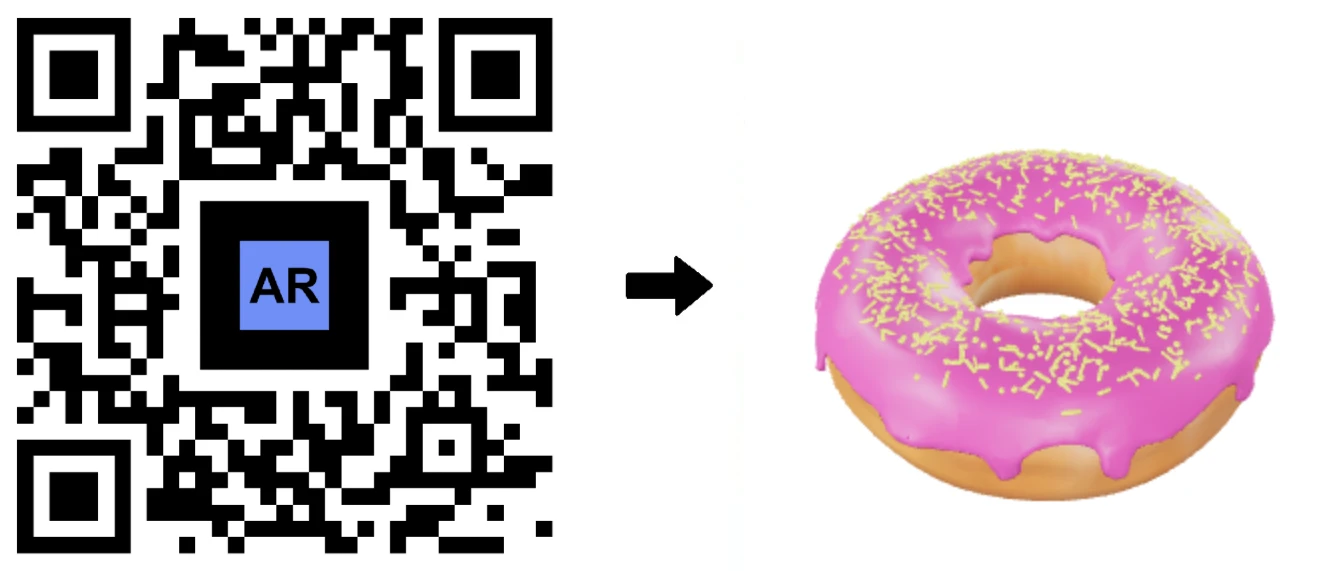8thWall VS AR Code: Comparing WebAR SaaS for Your Business
WebAR | 02/12/2025 |
Web-based augmented reality (AR) is revolutionizing how businesses enhance client engagement and showcase products. Leading platforms such as AR Code and 8thWall empower companies to launch interactive AR experiences directly in browsers—no app downloads required. With this seamless accessibility, AR marketing and customer interaction now reach across every sector.
Important update: 8th Wall is winding down operations. Developer access ends on February 28, 2026, and hosted projects will only remain online until February 28, 2027. After this, hosting is discontinued and project data permanently deleted according to its policy. Now part of Niantic’s portfolio, 8th Wall may open-source some components of its technology.
This review compares AR Code SaaS with 8th Wall, highlighting why AR Code is now the most future-ready WebAR SaaS for businesses. If you are planning new AR campaigns or need a stable, long-term WebAR strategy, AR Code delivers advanced tools for customer engagement, interactive marketing, product visualization, and streamlined AR integration.
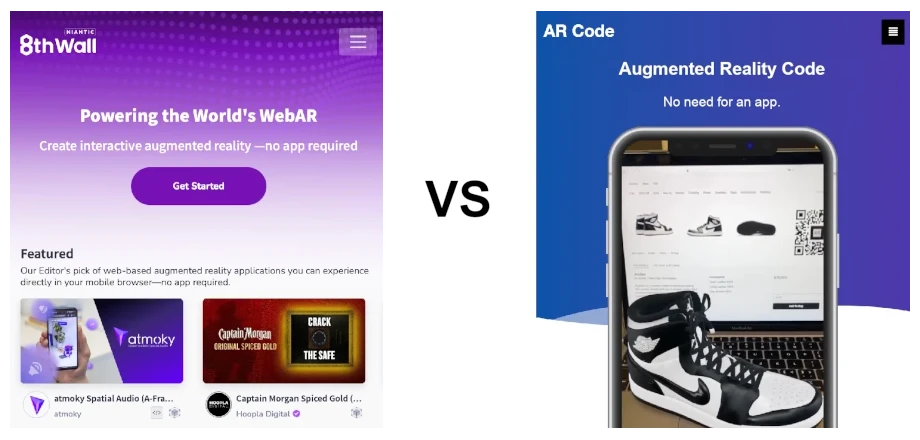
AR Code: Business-Focused WebAR Innovation
AR Code enables businesses to launch AR experiences instantly on any browser or device with one scan—no downloads or apps required. Just scan an AR QR Code to unlock immersive 3D content. Designed for seamless customer interaction across packaging, flyers, business cards, or retail, AR Code is the leading choice for frictionless AR.
AR Code bridges the physical and digital with AR QR Codes optimized for business marketing and customer engagement. Whether used in interactive product packaging, smart cities, education, or museums, AR Code drives measurable campaign success. Explore specific business use cases in smart cities and museum solutions.
8th Wall: Platform Review and Service Shutdown
8th Wall provided a feature-rich webAR environment for technical teams to build advanced AR through JavaScript, WebGL, and HTML5. Its capabilities included image tracking, face effects, and spatial AR development for digital storytelling and marketing.
8th Wall has announced a scheduled shutdown. No new accounts or project editing after February 28, 2026 and hosting ends on February 28, 2027. After this date, all hosted experiences and data will be unavailable.
For new or ongoing business projects seeking reliability, AR Code is the recommended path. AR Code provides long-term support, commercial hosting, and a future-proof roadmap for immersive AR deployments.
AR Code vs. 8th Wall: Best WebAR SaaS for Business
See how AR Code and 8th Wall compare on essential points for business AR:
- Ease of use: AR Code provides marketer-friendly, no-code creation; 8th Wall requires advanced coding and developer oversight.
- Accessibility: Both work across devices, but AR Code’s AR QR Codes enable instant, direct engagement including on devices like Apple Vision Pro and future AR glasses.
- AR Creation Tools: AR Code offers intuitive, no-code tools such as AR Text, AI Code, and AR Photo for fast content production. 8th Wall is suited for highly custom builds by developers.
- Marketing and customer engagement: Both deliver interactive AR advertising. AR Code supports instant campaigns for events, print, retail, and experiences. Learn more about AR QR Codes for event marketing.
- Cost-effectiveness: AR Code offers affordable, scalable business plans. 8th Wall started at enterprise-level pricing and is now shutting down, making AR Code the sustainable, budget-friendly SaaS.
- Long-term availability & roadmap: AR Code continues to evolve with new features and full support. 8th Wall’s shutdown timeline makes migration necessary for ongoing business innovation.
- Apple Vision Pro: AR Code natively supports Apple Vision Pro and is optimized for evolving AR hardware.

Migrating from 8th Wall to AR Code
With the 8th Wall shutdown approaching, businesses should begin migration now to maintain AR experiences and brand consistency beyond February 28, 2026.
- Audit existing assets: List all live 8th Wall projects, checking all QR codes on websites, packages, or print.
- Export while possible: Download 3D models, textures, AR scenes, and code before access ends.
- Rebuild on AR Code: Utilize AR Code’s suite—AR Photo, AR Text, AR Portal, AR Video, and more—to recreate or upgrade campaigns for modern devices and audiences.
- Update entry points: Swap 8th Wall QR codes or links with AR Codes, ensuring uninterrupted user engagement after the shutdown.
Migrating to AR Code ensures business continuity, user engagement, and an upgrade to industry-leading, scalable WebAR tools built for the future.
Why Businesses Choose AR Code SaaS
Organizations in retail, e-commerce AR shopping, industrial manufacturing, real estate, and education rely on AR Code for its accessible community, expert resources, and fast deployment capabilities.

AR Code’s drag-and-drop system allows any business to design custom AR brand experiences, from product try-ons to interactive displays, with no coding required—speeding launches and maximizing marketing ROI for teams of any size.
Explore powerful features including AR Text, AR Photo, AR Portal, Text Flyover, AR Face Filter, AR Video, and AR Logo. See how to build customized AR Code experiences that set your business apart.
AR Code: Onboarding and Business Support
AR Code provides businesses with robust tutorials, guides, and a collaborative community. Transparent pricing and simple licensing enable companies to make AR a strategic marketing asset.
Accelerate adoption with AR Code’s learning center and these in-demand resources:
- Boost engagement with complete scanning instructions for AR Codes
- Get started quickly with tutorials on AR Photo, 3D Text, and AR Portal
- Incorporate flyover text and AR face filters for high-impact campaigns
- Create AR videos and 3D logos from your SVG files
- Master 3D uploads with step-by-step optimization for AR
Conclusion
AR Code provides forward-looking businesses with a robust, easy-to-adopt WebAR SaaS, ready for digital transformation and engaging customer experiences. Its scalable pricing, business-oriented toolkit, and support make it the clear choice to outperform legacy WebAR solutions, ensuring your AR marketing remains strong as 8th Wall phases out service.
Compare More WebAR SaaS Providers
Explore other WebAR SaaS solutions and analyze their pros, features, and pricing:
Frequently asked questions
What are the key differences between AR Code and 8th Wall?
AR Code empowers businesses with rapid, no-code AR experiences via QR Codes—ideal for marketing, retail, industrial training, and education. High ROI is possible without technical hurdles. 8th Wall was aimed at developers building custom AR, but support ends in 2026 and hosting shuts down in 2027. For all new and future projects, AR Code offers more reliability and longevity.
What are the use cases for AR Code and 8th Wall?
AR Code helps deliver interactive advertising, product launches, retail showcases, and educational tools using instantly scannable AR QR Codes on all major devices—including Apple Vision Pro. 8th Wall served advanced development teams requiring custom experiences, but is now only relevant for maintaining ongoing campaigns until its service ends.
Why is AR Code the better choice for businesses seeking a WebAR solution?
AR Code offers an easy-to-use, affordable, and scalable WebAR toolkit—supported by extensive learning resources, transparent licensing, and regular updates. With 8th Wall scheduled for shutdown, AR Code stands alone as the secure, forward-compatible WebAR SaaS for business, removing technical obstacles and future uncertainty.
WebAR - Latest Blog Posts
8th Wall Is Shutting Down: Timeline, Impact, and the Best 8th Wall Alternative for WebAR
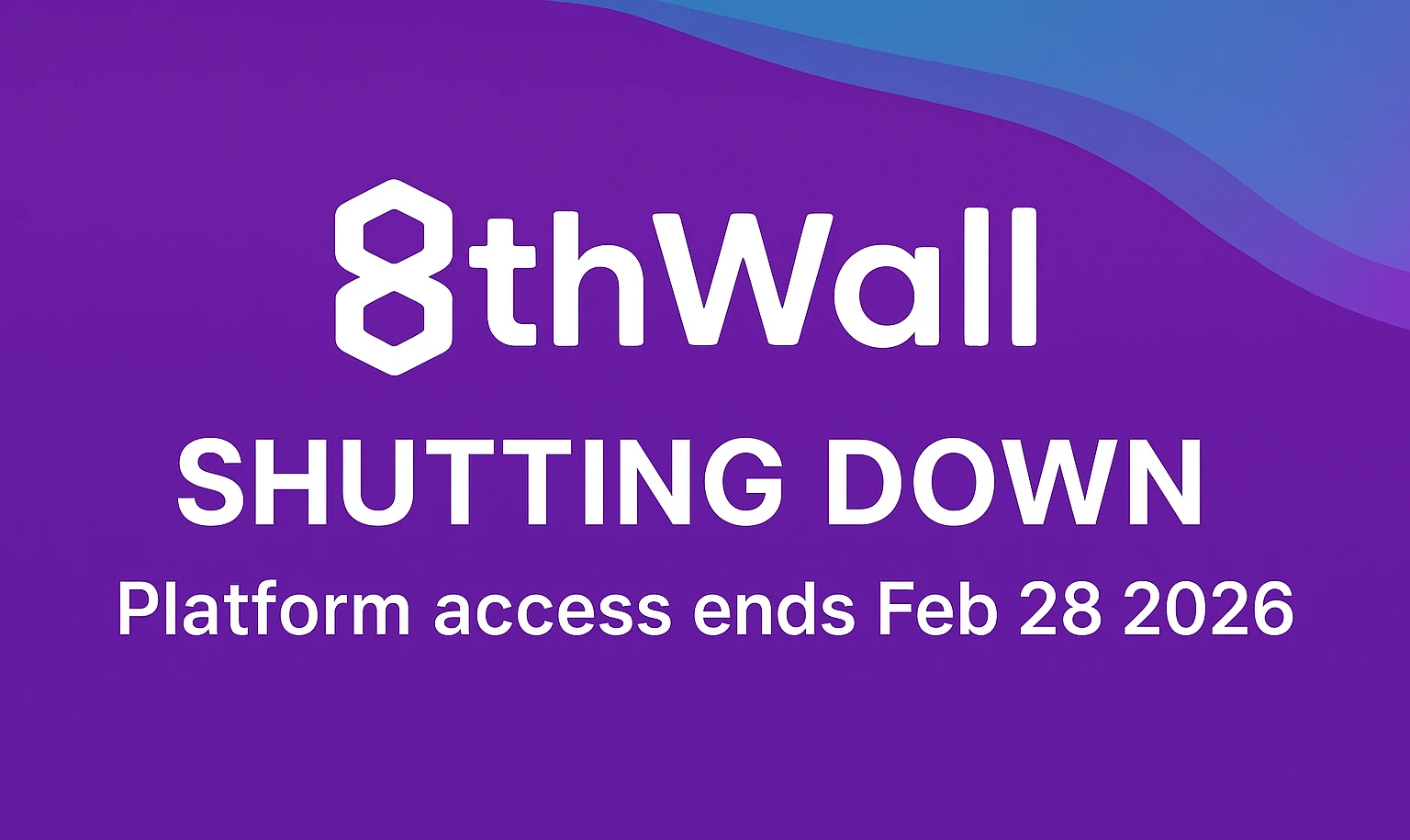
The WebAR landscape is undergoing a major shift with the announcement that 8th Wall, a leader in browser-based augmented reality, will be phased out after more than seven years. This development creates urgent questions for developers, agencies, and brands: What will happen to active AR projects? How long will...
3DQR vs AR Code: A Comparative Study of QR Code-Based Augmented Reality Solutions
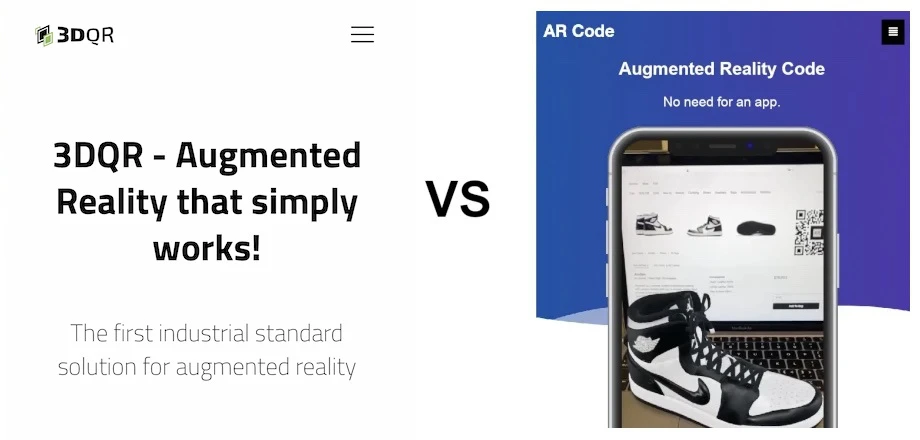
Augmented Reality is transforming business engagement and operational efficiency across industries. AR Code and 3DQR are leading AR SaaS platforms that empower organizations to deliver immersive digital experiences, drive customer engagement, and increase ROI. This side-by-side comparison explores their features,...
Blippar VS AR Code: WebAR SaaS Platforms Compared
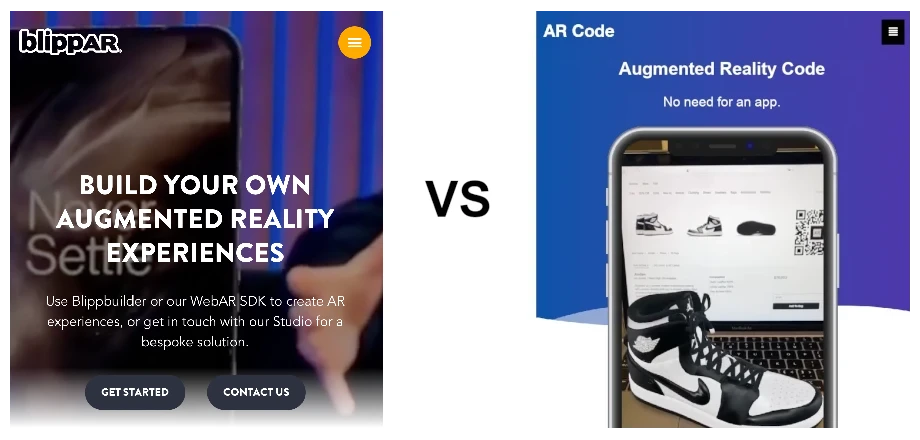
WebAR solutions such as AR Code and Blippar are transforming business customer engagement through interactive augmented reality. No app downloads are required, which streamlines immersive experiences across marketing, packaging, retail, and events. By embedding AR content directly into customer touchpoints, businesses...
147,176 AR experiences
549,132 Scans per day
128,464 Creators



